tōng, tòng
pass through
Phonosemantic compound. 辶 represents the meaning and 甬 represents the sound.
Evolution

Oracle script
(~1250-1000 BC)
Bronze script
Mid Western Zhou (~900 BC)
Seal script
Shuowen (~100 AD)
Clerical script
Eastern Han dynasty (25-220 AD)Regular script
ModernDefinitions
tōng
pass through, common, communicate; to go through; to know well; (suffix) expert; to connect; to communicate; open; to clear; classifier for letters, telegrams, phone calls etc
tòng
classifier for an activity, taken in its entirety (tirade of abuse, stint of music playing, bout of drinking etc)
Component uses
Sound component in 1 character (0 verified)
Sources
